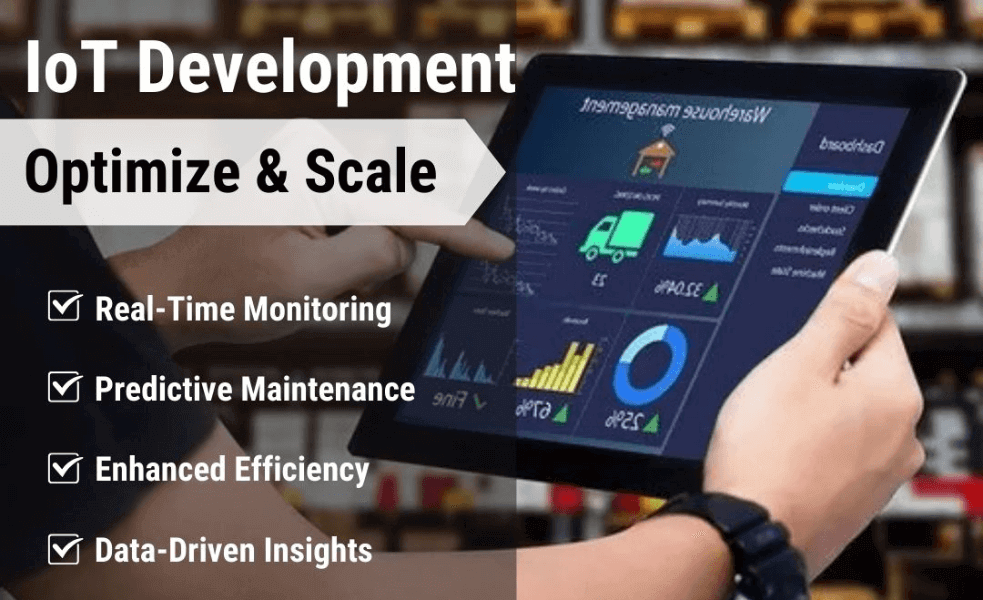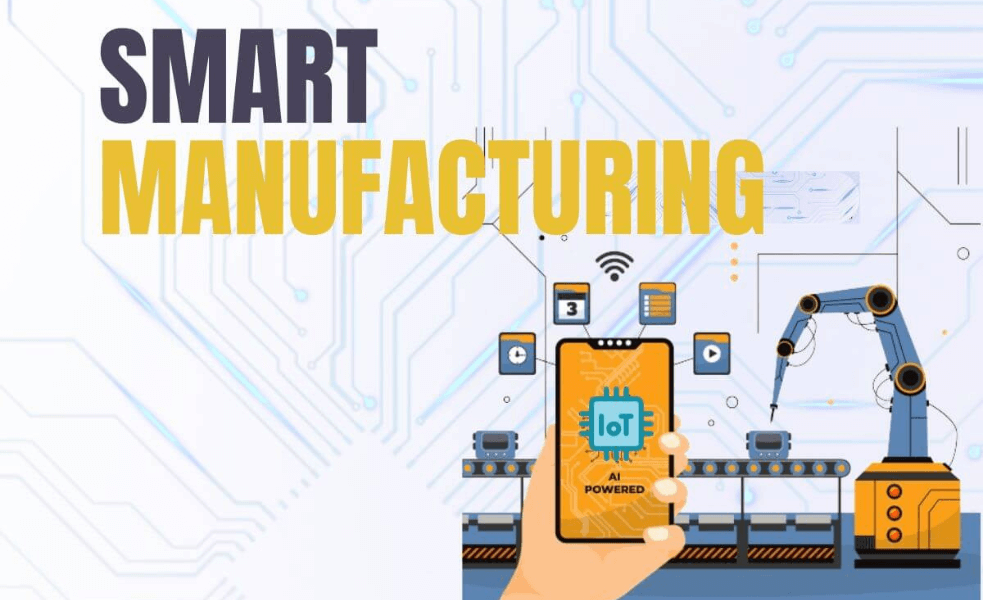The Manufacturing Revolution Through Data
The manufacturing industry is undergoing a major transformation, driven by the intelligent use of data. The challenge for most manufacturers isn’t just collecting data—it’s harnessing it effectively to make smarter, faster, and more profitable decisions. This is where Internet of Things (IoT), Cloud Computing, and Data Analytics come into play.
As David Ogilvy once emphasized, “The consumer isn’t a moron, she’s your wife.” The same applies to the way we approach data. The power of data lies in understanding it, analyzing it, and using it to deliver real results. In the world of manufacturing, data isn’t just about tracking machines and processes; it’s about creating a smarter, more efficient, and agile business.
So, how do we make the most of this manufacturing data? How do we go beyond simply collecting and start transforming it into actionable insights?
The answer is: through the strategic application of IoT, Cloud, and Analytics. Let’s explore how these technologies can drive a new era of manufacturing efficiency.

IoT: The Game-Changer for Real-Time Data in Manufacturing
In the past, data was something that came after the fact. Manufacturing managers and operations teams would only learn of a problem once it had already occurred. But IoT has changed all of that.
What is IoT?
The Internet of Things (IoT) refers to embedding smart sensors into manufacturing equipment, machinery, and even raw materials. These sensors gather real-time data about operational processes, equipment health, and performance metrics.
The most profound impact of IoT is that it allows manufacturers to access real-time insights, not just post-production reports. These insights allow manufacturers to make decisions on the spot, based on live data—and this can mean the difference between high profitability and expensive downtime.
How IoT Transforms Manufacturing Operations
Let’s break this down. Imagine your factory floor with IoT sensors installed on every piece of machinery. These sensors monitor:
 Temperature: Prevent overheating that can cause expensive breakdowns.
Temperature: Prevent overheating that can cause expensive breakdowns. Vibration: Detect abnormalities that signal potential equipment failure.
Vibration: Detect abnormalities that signal potential equipment failure. Pressure: Monitor pressure levels in equipment to prevent accidents
Pressure: Monitor pressure levels in equipment to prevent accidents Production speed: Ensure lines are running at optimal speeds for efficiency.
Production speed: Ensure lines are running at optimal speeds for efficiency.All this data is constantly transmitted to a centralized system, giving you access to insights in real time. But the benefits don’t stop at just monitoring performance.
Predictive Maintenance: The Key to Preventing Downtime
With IoT, manufacturers can implement predictive maintenance—this is where the power of IoT really shines.
Rather than waiting for a machine to break down, IoT-powered predictive maintenance allows you to forecast when a machine will likely fail. By monitoring real-time data such as temperature, vibration, and usage patterns, IoT sensors predict failure points before they happen. The result? Reduced downtime, lower maintenance costs, and extended machine life.
Improved Product Quality and Efficiency
IoT also allows for constant monitoring of production lines, meaning defects and bottlenecks can be identified before they affect product quality. If a certain process is running too slowly or a machine starts deviating from its optimal performance, immediate corrective actions can be taken.
In this way, IoT acts as the eyes and ears of your entire operation, improving efficiency and ensuring top-notch product quality.

Cloud Computing: Streamlining Data Access and Collaboration
As manufacturers collect more and more data, managing and processing this data becomes increasingly difficult. That’s where cloud computing comes in. Without cloud storage, manufacturers would need extensive on-site infrastructure to manage data—and that’s expensive, slow, and complex to scale.
What is Cloud Computing in Manufacturing?
Cloud computing refers to storing and processing data remotely, on servers that you can access from anywhere. Instead of relying on physical hardware, data is stored securely in the cloud, accessible from any device with an internet connection.
For manufacturers, this means that operational data, equipment status, inventory levels, and performance metrics are available anytime, anywhere—no more waiting for someone to pull a report from the office.
How the Cloud Enables Scalable, Flexible Operations
Here’s the best part: the cloud is scalable. As your manufacturing operation grows, so does the amount of data you collect. With cloud computing, you can scale your data storage and processing capacity without needing to invest heavily in physical infrastructure. Pay-as-you-go models ensure that you only pay for what you use.
This flexibility also means you’re no longer tied to specific physical locations. A manager in New York can access real-time production data from California, ensuring consistency across locations.
Collaboration Made Easy
Cloud computing fosters better collaboration across departments and teams. Sales, marketing, operations, and even the executive team can all access the same real-time data, helping them make informed decisions and stay aligned on goals. The collaborative nature of the cloud reduces silos within organizations and speeds up decision-making.

Data Analytics: Unlocking Actionable Insights for Decision-Making
IoT gives you the data, the cloud stores it, but data analytics is where the magic happens. With analytics tools, you can take the raw data collected by IoT devices and transform it into actionable insights.
 The Role of Analytics in Manufacturing
The Role of Analytics in Manufacturing How Analytics Improves Operational Efficiency
How Analytics Improves Operational Efficiency Improved Forecasting and Demand Planning
Improved Forecasting and Demand Planning Optimizing Supply Chains with Data Insights
Optimizing Supply Chains with Data Insights
Real-World Case Studies: The Impact of IoT, Cloud, and Analytics
Let’s look at some companies who’ve embraced these technologies and seen significant improvements.
 General Electric (GE) and Predix
General Electric (GE) and Predix Caterpillar and IoT-Driven Efficiency
Caterpillar and IoT-Driven Efficiency
Why Manufacturers Must Act Now: The Competitive Advantage of Data
Manufacturers who embrace IoT, cloud computing, and data analytics are leading the way into a new era of smarter manufacturing. Those who hesitate risk falling behind, as competitors leverage the same technologies to enhance efficiency, reduce costs, and improve product quality.
 The Future of Manufacturing Is Data-Driven
The Future of Manufacturing Is Data-DrivenTurning Data Into Competitive Advantage
The manufacturing world has changed, and those who don’t adapt risk falling behind. By embracing IoT, cloud computing, and data analytics, you can drive smarter decisions, optimize operations, and boost profitability. These technologies aren’t just the future—they’re the present, and it’s time to act.
At Infysion, we specialize in helping businesses of all sizes unlock the full potential of their manufacturing data. Whether it’s through IoT implementation, cloud-based solutions, or data analytics, we’re here to help you transform your manufacturing operations.



